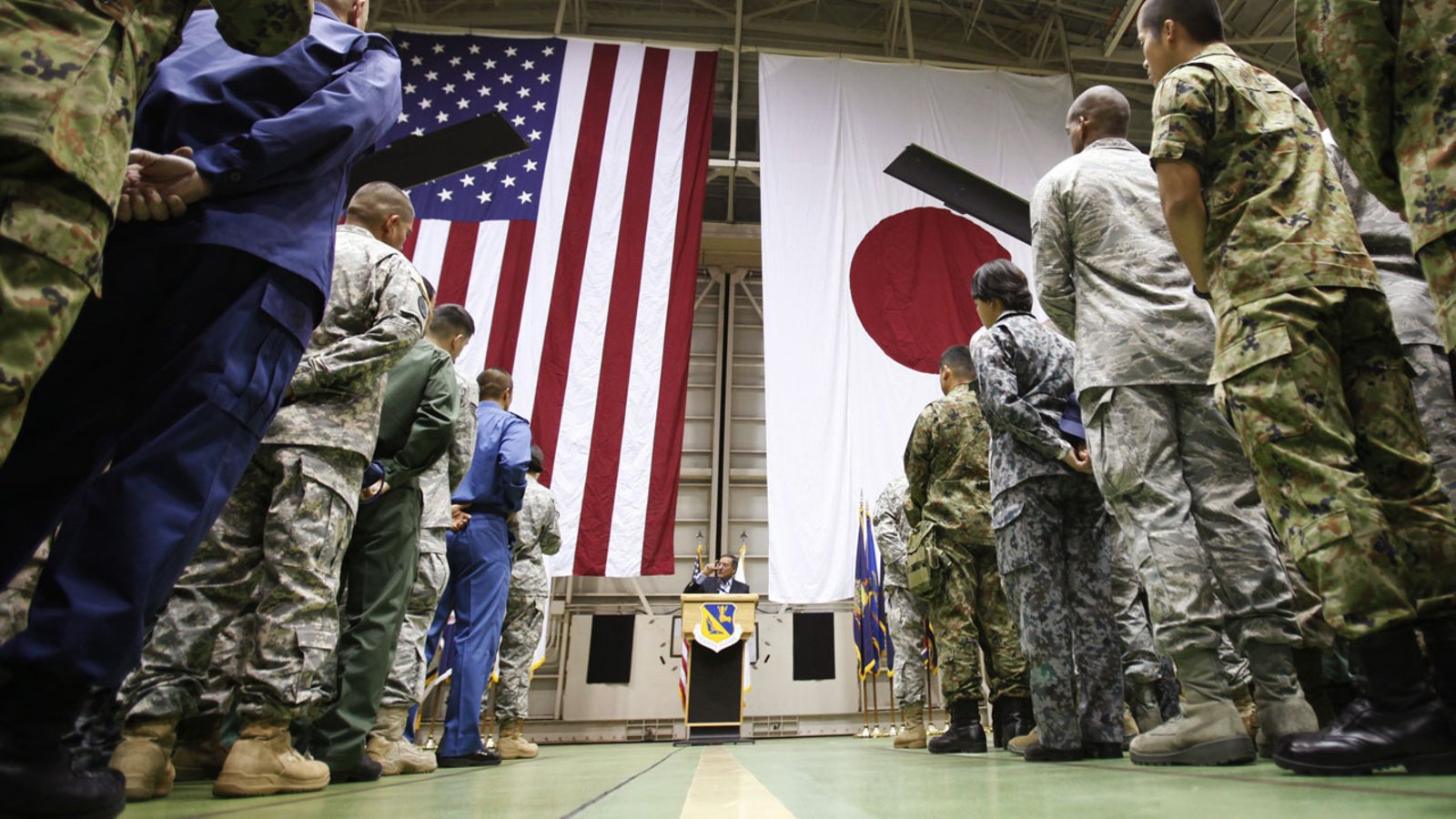Photo credit Source : www.cfr.org
Overview of the U.S.-Japan Alliance
The U.S.-Japan alliance, forged in the aftermath of World War II, has evolved significantly over the years to address new challenges in the Asia-Pacific region. The alliance, outlined in the U.S.-Japan Mutual Security Treaty signed in 1951, allowed U.S. forces to remain on Japanese soil after the war, enabling Japan to focus on rebuilding its economy while relying on the United States for security.
In recent years, the alliance has undergone historic adjustments to address the rise of China, the nuclear threat from North Korea, and the aggressive actions of Russia. Japan, in particular, has taken significant steps to bolster its military capabilities, including nearly doubling its military spending, acquiring long-range counterstrike capabilities, and introducing major reforms to its Self-Defense Forces.
The partnership between the United States and Japan has also expanded to address non-military threats, such as climate change, and to enhance economic and technological cooperation. The two countries have worked closely on developing ballistic missile technology, improving space, cyber, and maritime awareness capabilities, and collaborating on defense applications of unmanned systems and artificial intelligence.
The alliance has also focused on addressing regional challenges, such as China’s increasing assertiveness, the threat from North Korea, and the contentious issue of U.S. military bases on Okinawa. Despite some sticking points, such as cost-sharing and local opposition to the bases, the U.S.-Japan alliance remains a cornerstone of stability and security in the Asia-Pacific region.
Overall, the U.S.-Japan alliance continues to adapt to new geopolitical realities and challenges, with both countries reaffirming their commitment to deepening defense and security cooperation to address shared threats and promote peace and stability in the region.


